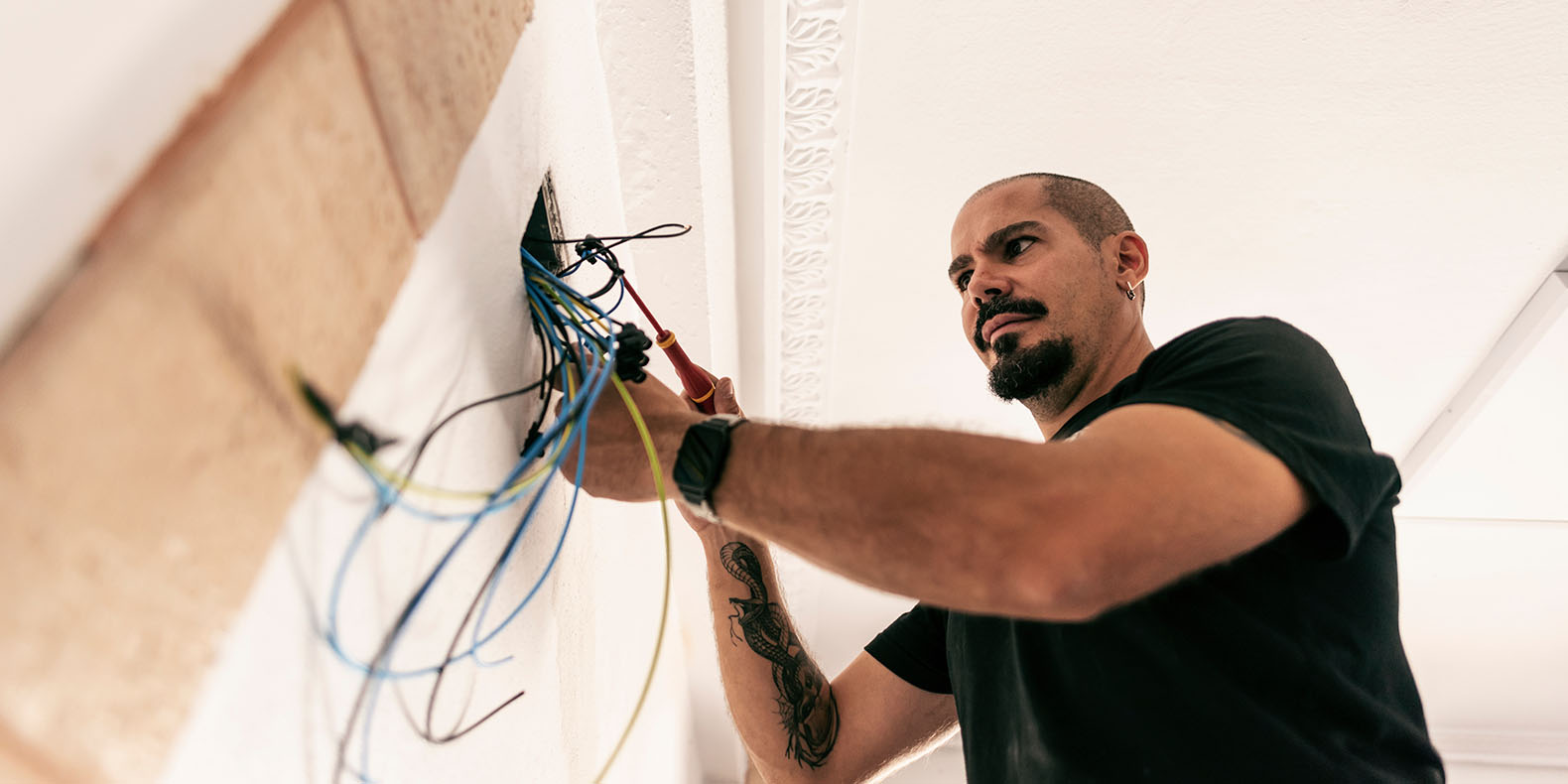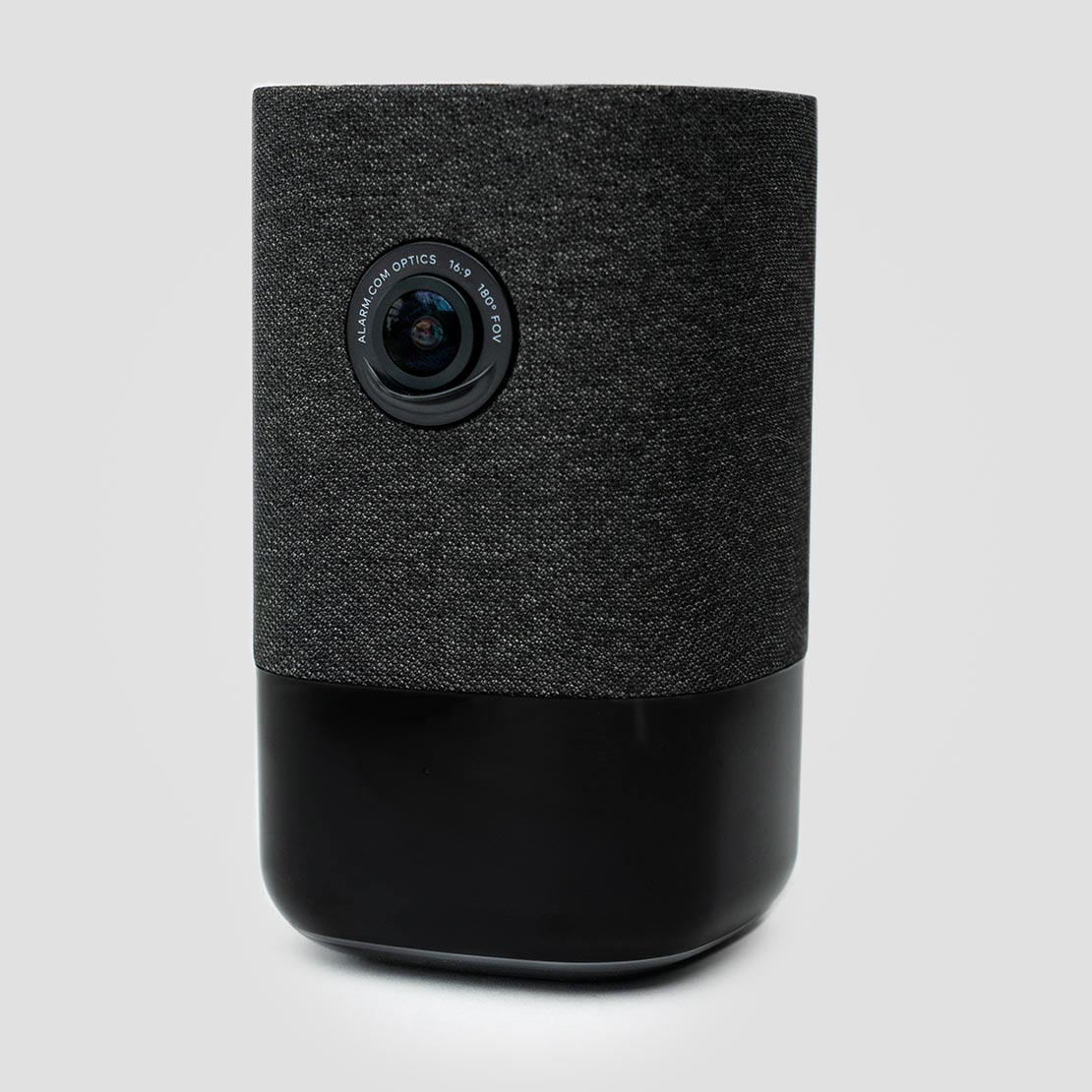This post was originally published on June 25, 2013 and has been updated for accuracy and comprehensiveness.
There are a number of factors homeowners need to consider when evaluating the true cost of a home security system. For a comprehensive and effective cost analysis, weigh installation, equipment and monitoring fees against the cost savings a home security system can provide.
Actual system costs will vary based on the level of sophistication and quality of vendor. However, almost all security systems provide the following finanical savings in return.
1. Prevent Stolen and Damaged Property
According to 2018 FBI data, homeowners lost an average of $2,799 in property per burglary offense, with total losses estimated at $3.4 billion that year. Security systems minimize your risk of intrusion and theft, keeping your valuables safe.
Security systems can also protect your home from environmental hazards. Low temperature and leak sensors can help prevent pipes from freezing and bursting, flooding your home. Even small drips can cause costly damage to your home’s foundation. In fact, 250 gallons of water can leak from a 1/8-inch pipe crack in a day. Real-time alerts sent to your smartphone notify you if a threat exists, helping you take proactive steps to reduce plumbing, structural and mold damages.
Security systems can save you thousands of dollars by helping to prevent and mitigate damages associated with theft and environmental hazards.
2. Reduce Energy Bills
The automated temperature control and programmable lighting features of your security system can significantly decrease energy bills. According to the U.S. Environmental Protection Agency, a programmable thermostat can save homeowners an average of $180 every year in energy costs.
Automated and “smart” features let you create customized schedules for lighting and thermostat activities to meet your routine and save energy. And, you can manage them remotely from your smartphone.
Some examples for cutting back on energy usage include:
- Set your thermostat to power down at night when everyone is sleeping or during the day when you’re at work.
- Sync lights with sensors to automatically turn off lights when no one is in the room.
- Log in remotely to your system to turn off lights that you accidently left on when leaving home.
- Sync lights with smart assistants such as Google Home or Amazon Alexa to control lighting with voice commands such as, “Alexa, turn on master bedroom lights.”
Direct savings will be dependent on how much you take advantage of your security system’s energy-saving features. However, when you integrate your connected devices into a smart home ecosystem, your connected home will generate greater cost savings and convenience.
3. Realize Homeowners Insurance Discounts
Securing your home often qualifies you for homeowners insurance discounts. According to the Insurance Information Institute, simple safeguards like smoke detectors, burglar alarms or dead-bolt locks typically result in discounts of at least 5% on premiums, with more sophisticated monitoring solutions bringing in savings of 15-20%. Actual savings will vary based on insurance provider, so reach out to yours for exact numbers.
Talk to your insurance provider prior to purchasing a security system to understand what qualifies you for savings and use that information to aid decision-making.
Homeowners can gain a more accurate sense of the cost savings a home security system can provide when they consider these benefits.
To discover more ways home security systems and automation can save you money, contact us or browse our customized security solutions here.



